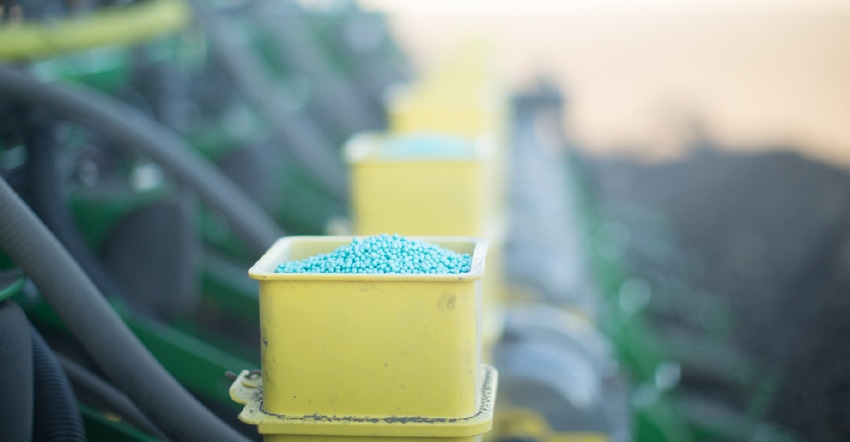November 30, 2020

A growing season’s success hinges on selecting the right seed.
How can you be sure your choices will fit your operation and advance your ROI goals? Here are some factors to consider.
1. Access a reliable data set. Having good historical data gives you a detailed picture of how hybrids and varieties performed in specific years. Reference data from multiple sources, including your combine, trials conducted through your local retailer and any additional quality data you can access through your retailer.
2. Look at last season’s seed performance. If a product didn’t perform as expected, I recommend figuring out what caused that product not to deliver. Was it placed on the wrong soil type? Did it receive inadequate nitrogen? Work with your agronomist to pinpoint the problem and then decide whether that seed belongs in your lineup.
Conversely, if a seed performed better than anticipated, determine why so that you can repeat those management practices in the future. Remember: No two years are exactly alike, so be flexible and adjust management accordingly.
3. Tackle your challenges. Have you had disease pressure such as sudden death syndrome or soybean white mold in your soybean fields? If so, many fields that had heavy white mold pressure in 2017 will be rotating back to soybeans in 2021 so you may want to consider a product with a comprehensive disease package. Or if weeds are your limiting factor, your best bet may be to choose a soybean weed control system.
For corn, approach seed decisions from a total acre perspective, starting with considering soil type and management practices. Do you need corn rootworm control or aboveground insect control? How do different hybrids respond to nitrogen and fungicide applications? The answers can help you determine the best fit for your management strategy.
Also weigh the cost of planting conventional versus traited corn and soybean seed. Of course, the initial investment in a conventional product is lower, and you can sometimes receive premiums when you sell that crop. However, remember you are then limited on weed control. Also, with corn you don’t have the built-in insect protection you’d get from trait technologies, so you may need to apply an insecticide.
4. Plant several hybrids and consider something new. Planting hybrids with different relative maturities helps you spread out risk and provides more flexibility in scheduling your cornfields for harvest. Also, several farmers I work with tend to save 10% to 20% of their acres to plant with products that are new to the market or new to their farms.
Ask your adviser what new products are worth considering for your 2021 farm plan and what relative maturities would fit your management, geography and ROI goals. Also ask about technology tools that can help place products optimally and monitor their performance.
5. Have a plan for weed control. With the approval of over-the-top use of three dicamba formulations labeled for use in soybeans and cotton, farmers who have made dicamba part of their plans will be able to use it in accordance with label directions.
Regardless of herbicide program, farmers should apply a preemergence herbicide in early spring to help prevent weeds from emerging at all. It also never hurts to have a plan B for weed control in your back pocket.
Lean on your local trusted adviser to provide the most accurate data and to recommend the seed that will give you the best ROI potential.
Dahlman is a seed district sales manager with WinField United in central Minnesota. Contact her at [email protected].
Source: Winfield United, which is solely responsible for the information provided and is wholly owned by the source. Informa Business Media and all of its subsidiaries are not responsible for any of the content contained in this information asset.
Read more about:
SeedYou May Also Like




